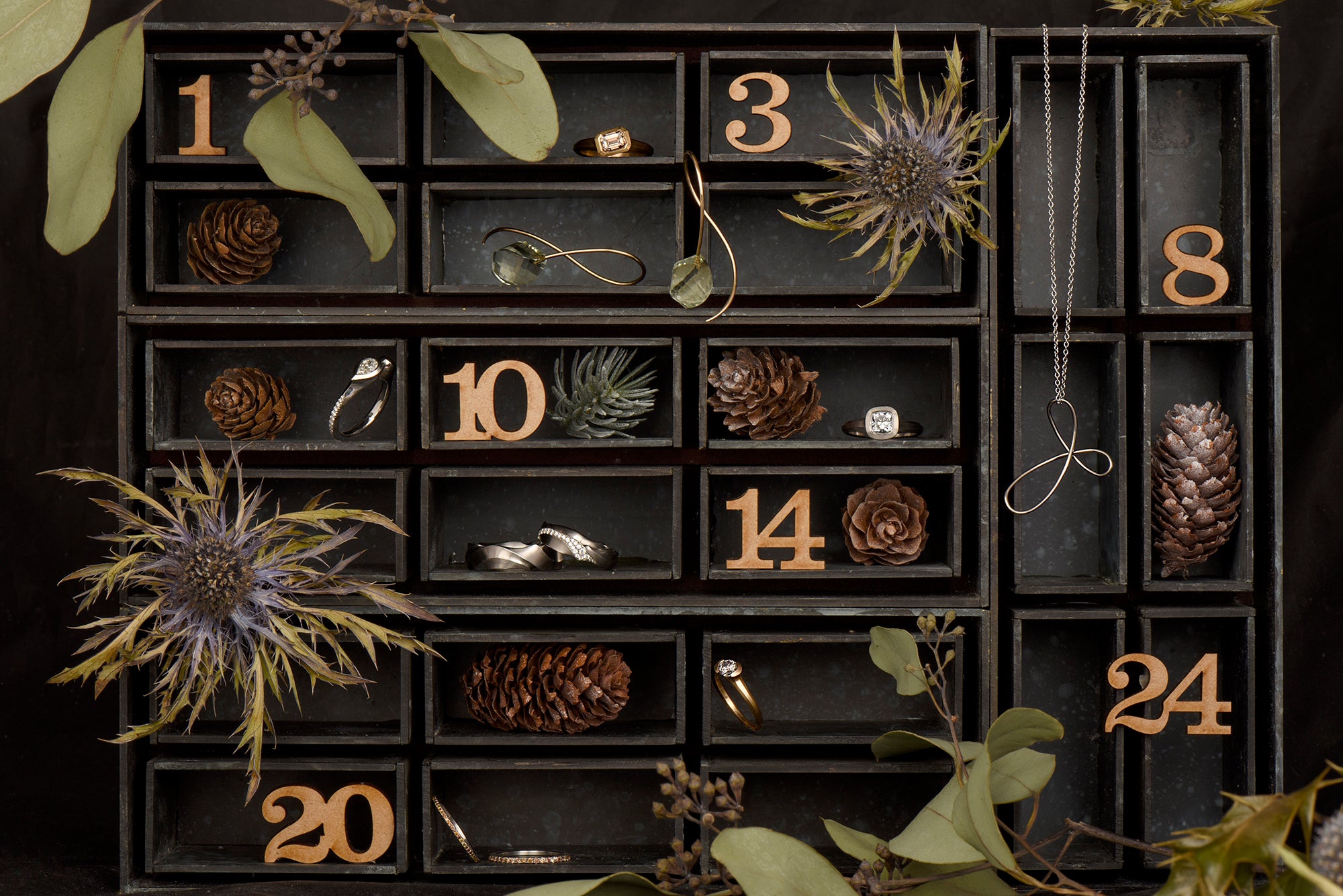
Tourmaline and Opal: The October Birthstones
The longevity of the concept of birthstones means some ancient birthstones are now very rare and tricky to find. This being the case, some more contemporary and affordable options have been adopted. The birthstone system was standardised in 1912 to prioritise marketable gemstones, going forward some months were assigned modern variations.
Tourmaline and Opal are both birthstones that are associated with October birthdays.

Tourmaline, as we know it, is not in fact one stone, but a family of crystalline silicate minerals made up of slightly different stones with a similar chemical and physical composition. The composition of the elements such as aluminium, iron, magnesium, sodium, lithium, or potassium differentiate them.
They come in a wide variety of colours. The most common colours tend to be green and pink, which are sometimes present together, creating watermelon tourmaline. Parti-colored tourmaline contains multiple bands of colour.
Rubellite, within the tourmaline family is found in shades of pink, red, purple, orange or warm brown. Indigolite or indicolite are blue tourmaline, which can be is dark violet, blue or teal.

Tourmaline has a hardness of 7 to 7.5 on the Mohs scale meaning it is a fairly durable stone, making it perfect for long term wear everyday in engagement rings.

Opals are truly unique gemstones. There are tiny universes in each one. These precious stones form over millions of years when water containing silica fill cracks in rocks like limestone and gradually harden into opal. Interestingly opals contain 6-10% water.

If you are looking for the perfect gift for that special someone, birthstone jewellery makes for a thoughtful and meaningful gift. Or consider commissioning a bespoke piece containing their birthstone. Find out more about how to make a custom design here.

